Transport of machines
We provide transport and precision placement of machinery, equipment and production lines using unique technology of air cushions. These transports are mainly in the premises of production halls or production areas.
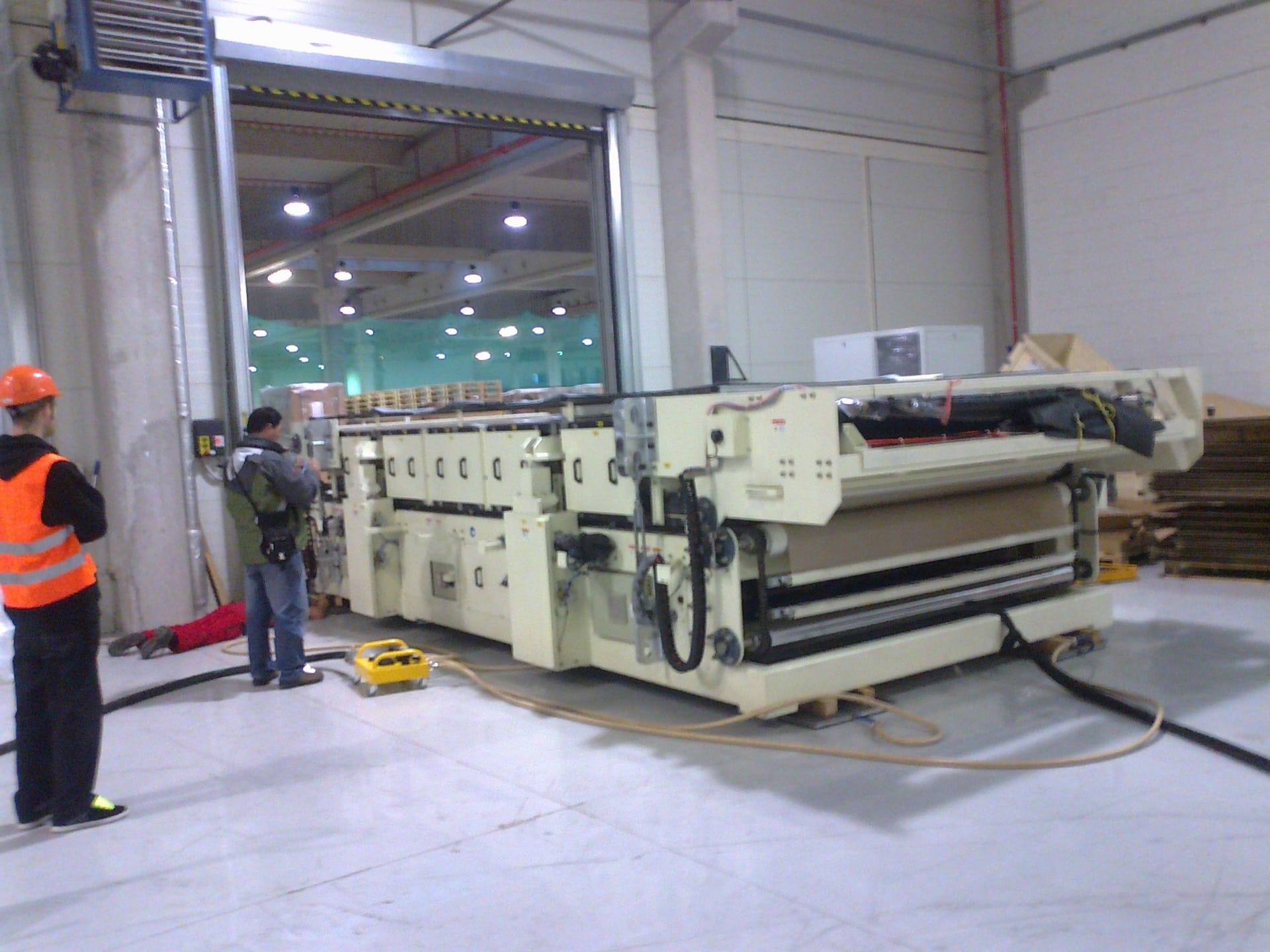
We provide transport and precision placement of machinery, equipment and production lines using unique technology of air cushions. These transports are mainly in the premises of production halls or production areas.
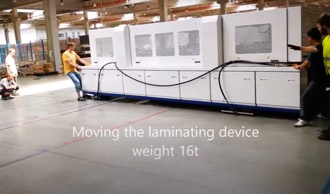
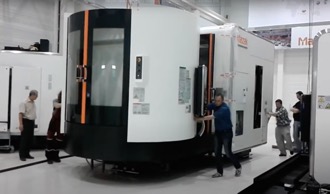
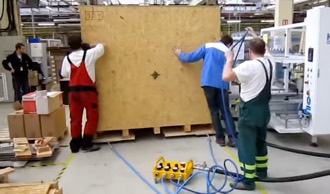
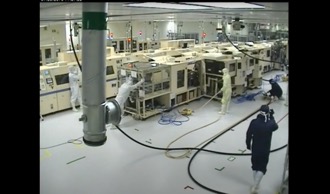
Air cushions are placed under the load to be moved on the floor. Cushions are connected to a source of pressurised air. The air escapes between the cushion and the floor, forming a very thin layer or air film. This air film makes contact between the cushion and the floor negligible and the object "floats" with minimal friction.